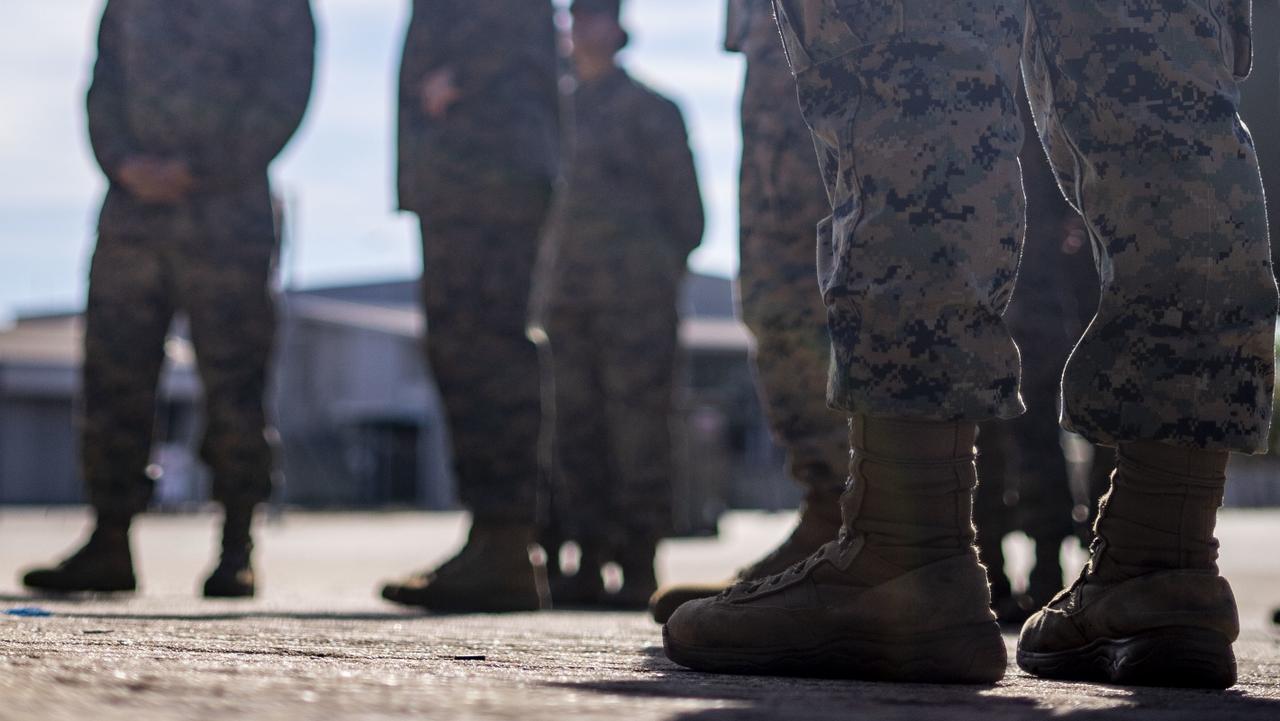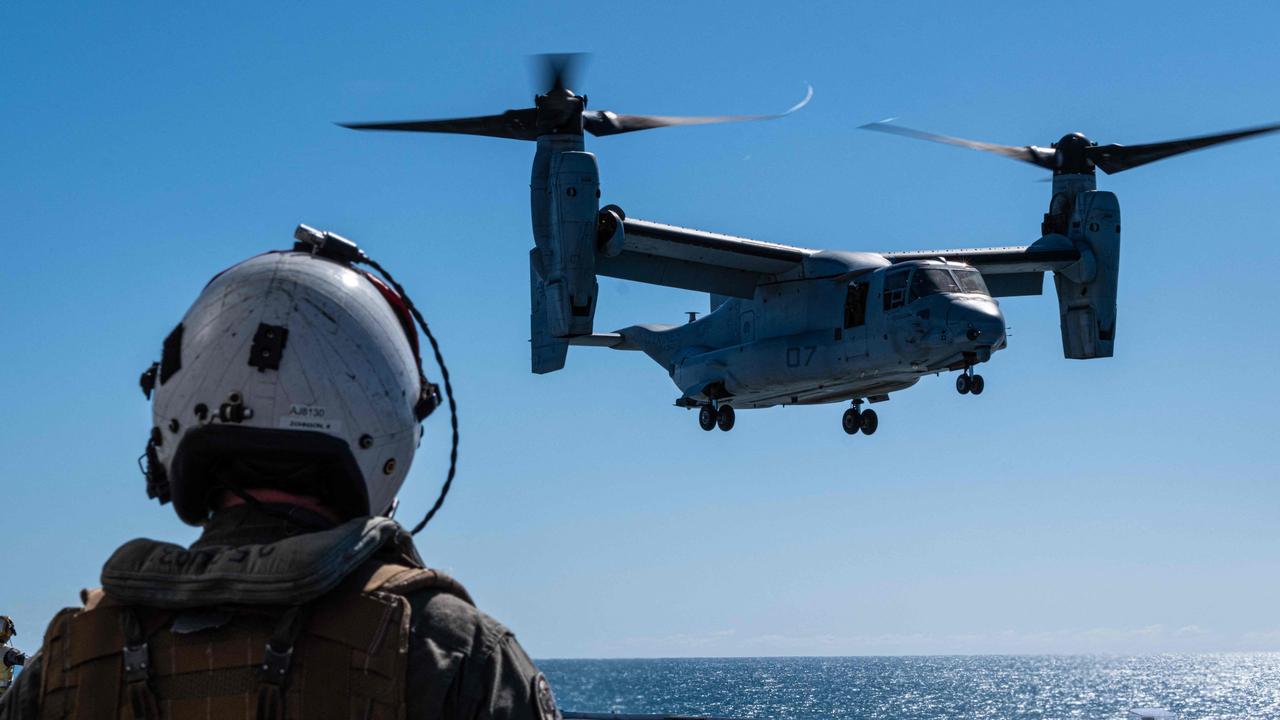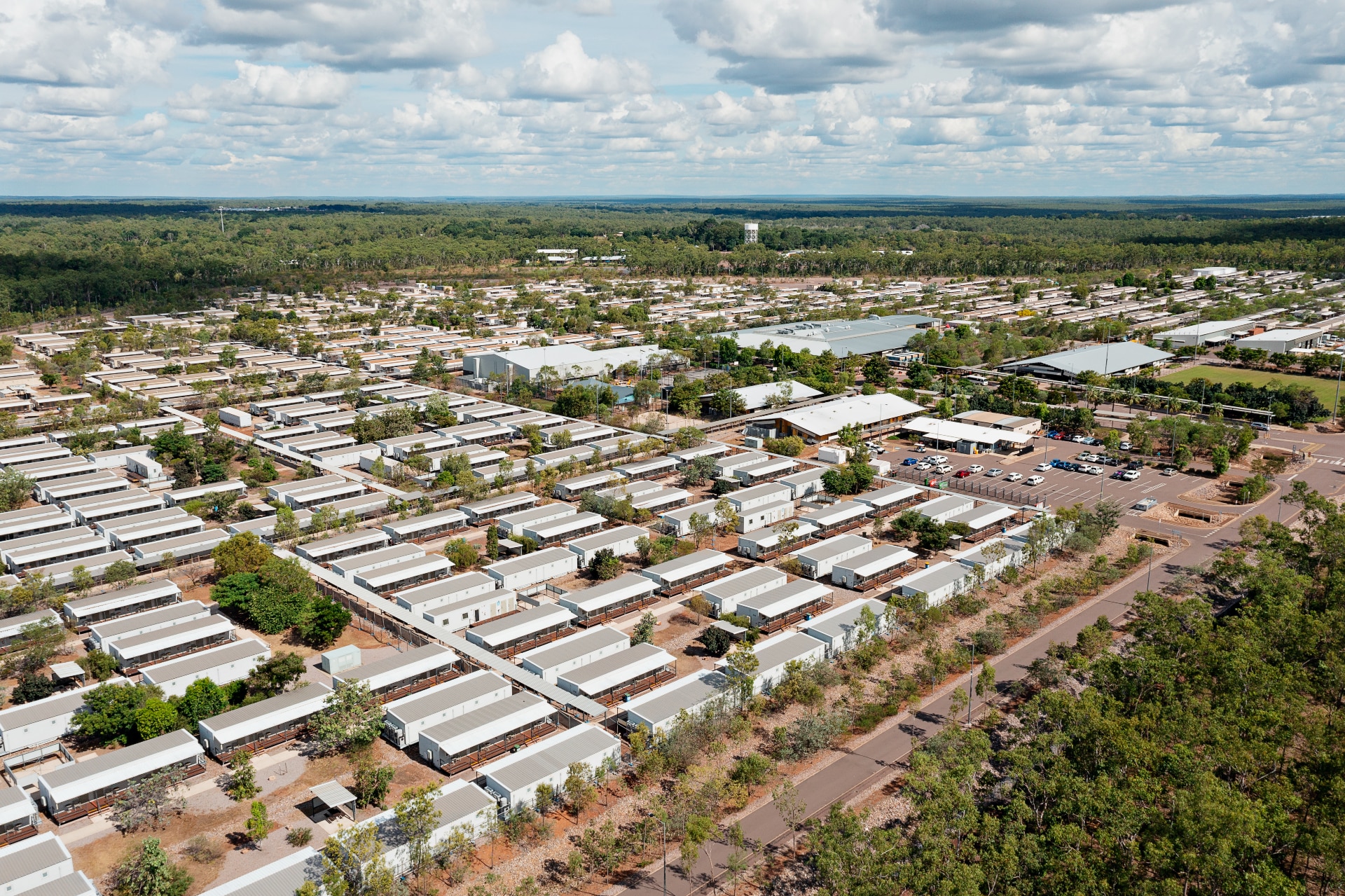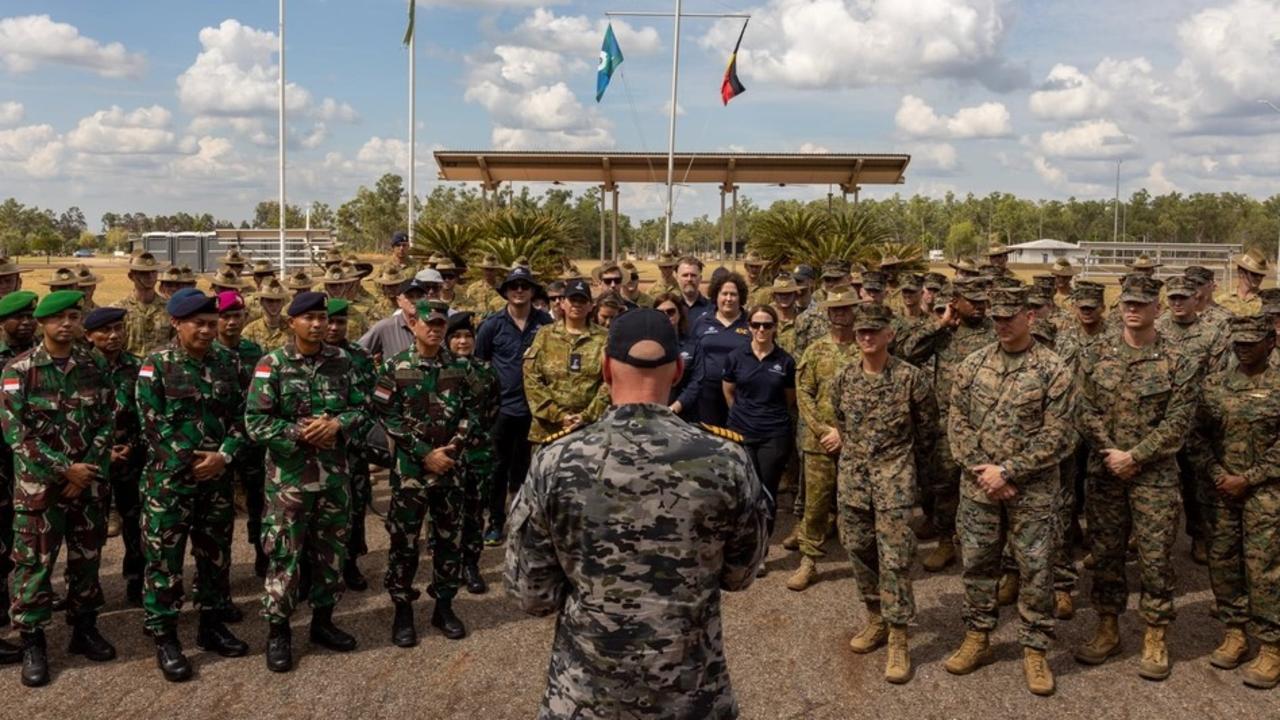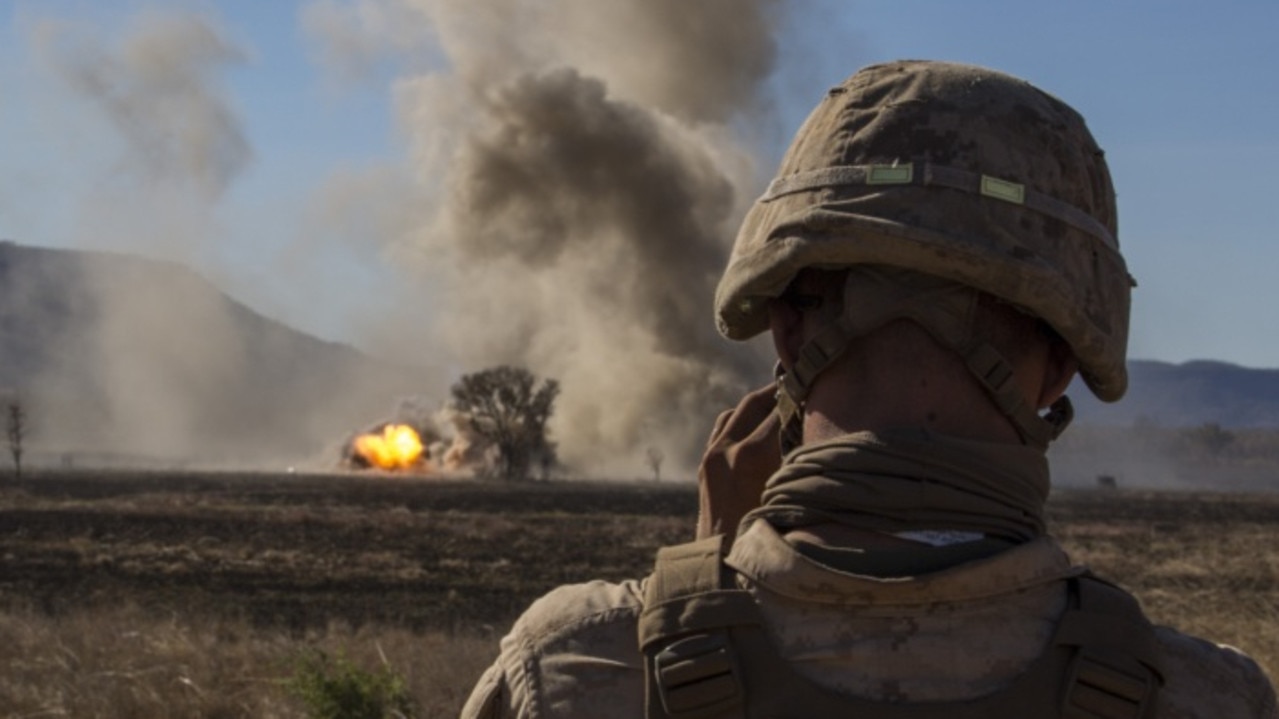
An American Marine whose alleged rape of a woman in Palmerston resulted in his team being locked down in Robertson Barracks has appeared in court for the first time.
A 20-year-old American, who cannot be named for legal reasons, was charged with aggravated assault and sexual intercourse without consent following an alleged incident on Monday September 18.
His matter was adjourned until November 20 for preliminary examination mention, meaning the case could proceed to the Supreme Court. The rest of the Marines are due to leave Darwin in October

